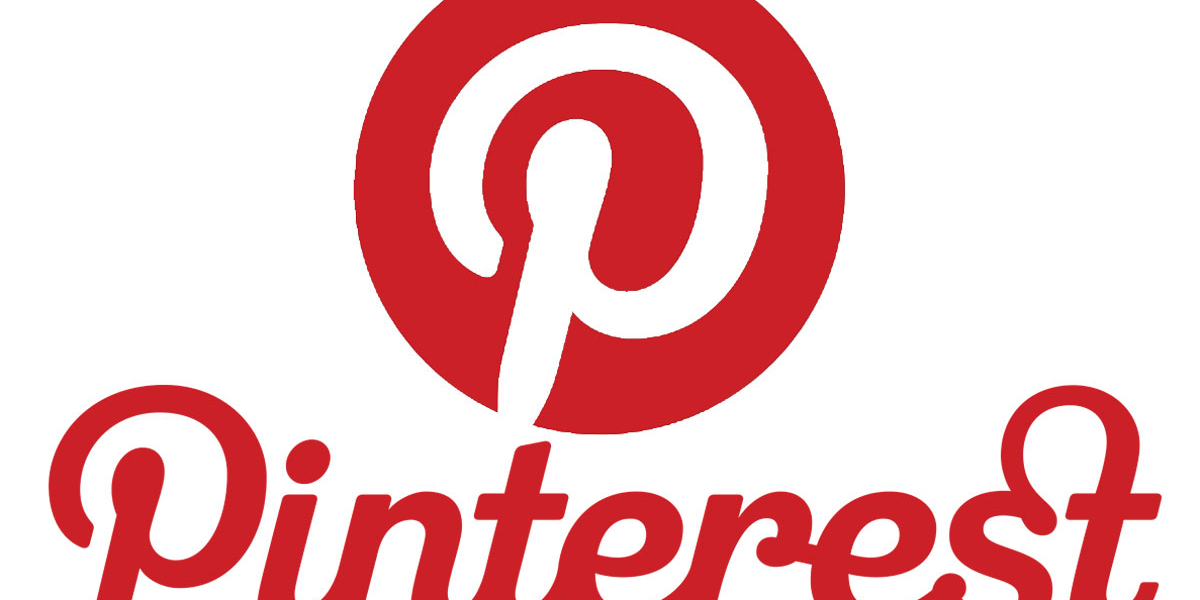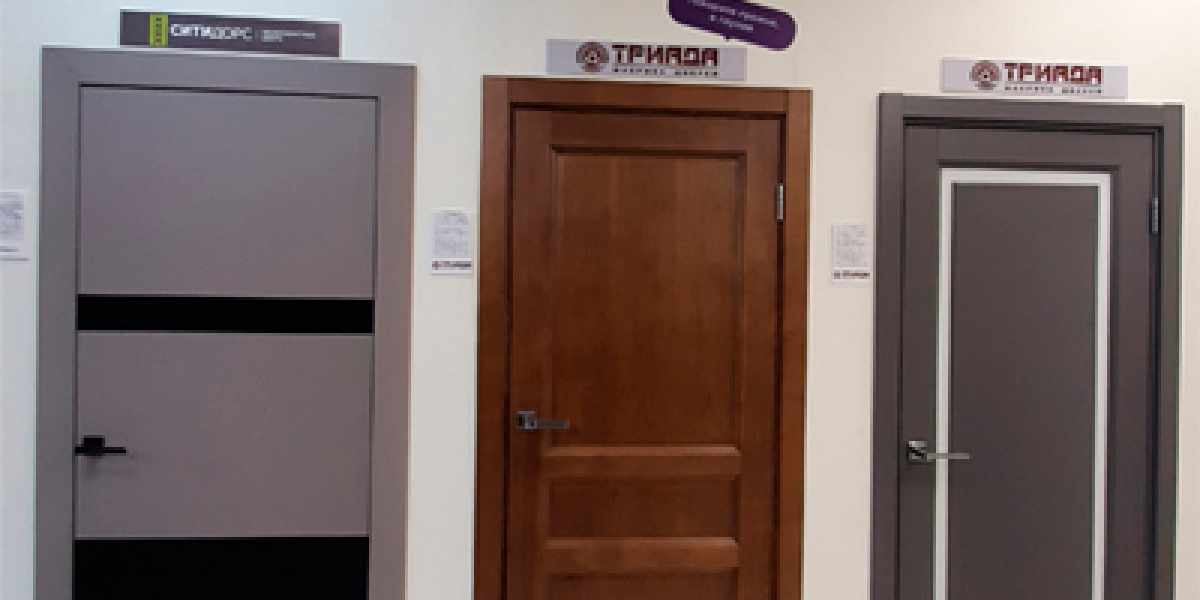Pinterest isn’t just a place for pretty pictures and inspiration boards—it’s a powerful traffic-generating machine for blogs, online stores, and websites. With over 450 million monthly active users and a unique visual search engine format, Pinterest provides an incredible opportunity to drive massive traffic from Pinterest directly to your content, especially when used strategically.
If you're looking to grow your audience and increase page views without spending money on ads, this guide reveals proven ways to tap into Pinterest’s potential and start seeing real results.
1. Set Up a Pinterest Business Account
The first step to unlocking massive traffic from Pinterest is switching to a Pinterest Business account. This gives you access to analytics, ad tools (if you choose to use them later), and rich pin capabilities.
Benefits of a Business Account:
- Access to Pinterest Analytics to track performance
- Ability to claim your website for added credibility
- Unlock rich pins that provide extra information from your site
- Eligibility for Pinterest Trends and creator tools
Having a business account also helps Pinterest better understand your content, which improves distribution and engagement.
2. Optimize Your Pinterest Profile for Discovery
To drive traffic, your Pinterest profile should clearly communicate what you offer. Use keywords in your profile name and bio that match your niche and target audience.
Tips for optimization:
- Use a professional profile image
- Add keywords to your name (e.g., “Jane | Travel Blogger + Budget Tips”)
- Write a keyword-rich bio explaining what users can expect
- Add your website link and verify it
Pinterest works like a search engine. The more optimized your profile, the easier it is for the right people to find your content.
3. Create Click-Worthy Pins Consistently
Your pins are your traffic drivers. They need to be eye-catching, clear, and clickable. Since Pinterest is a visual platform, your images must stand out while clearly communicating what the user will get after clicking.
Design tips:
- Use high-quality vertical images (1000x1500px is ideal)
- Add text overlay with bold, easy-to-read fonts
- Use brand colors for consistency
- Include a call-to-action like “Read More” or “Click to Learn”
- Avoid clutter; keep visuals clean and focused
Creating fresh, original pins regularly signals to Pinterest that your account is active and worth promoting.
4. Use Keywords in Pin Titles and Descriptions
Pinterest SEO is the key to long-term traffic. Just like Google, Pinterest uses keywords to decide where to show your pins. Use relevant keywords in:
- Pin titles
- Pin descriptions
- Board titles and descriptions
Example:
If you're a food blogger sharing smoothie recipes, use keywords like “healthy smoothie recipes,” “easy breakfast ideas,” or “low-calorie smoothies” in your pin title and description.
This helps Pinterest categorize your content and recommend it to users searching those terms.
5. Join and Contribute to Group Boards
Group boards allow multiple pinners to contribute content. By joining group boards in your niche, your pins can be seen by a much larger audience.
How to find and join group boards:
- Search for boards in your niche using keywords
- Look for boards with multiple contributors
- Message the board owner or check their bio for instructions on how to join
Once accepted, share your most valuable and relevant pins. This strategy alone can significantly boost your reach and drive massive traffic from Pinterest.
6. Create Idea Pins to Build Engagement
While standard pins are perfect for driving clicks, Idea Pins are great for boosting your account visibility. These multi-slide pins function similarly to Instagram Stories but stay live forever. They increase engagement and can lead users to follow your account.
Even though Idea Pins don’t include direct links, they build authority and visibility—which can lead to more profile clicks and website visits later.
7. Schedule Your Pins for Consistency
Consistency is essential on Pinterest. Instead of pinning sporadically, aim to post fresh pins daily. Use scheduling tools like Tailwind or Pinterest’s native scheduler to queue content in advance.
Why it matters:
- Consistent activity keeps your account in Pinterest’s good graces
- Scheduling frees up time while maintaining a steady presence
- You can plan seasonal or evergreen content ahead of time
8. Link to Valuable, High-Quality Content
Driving massive traffic from Pinterest only works if your content is worth clicking. Make sure the pins lead to high-quality blog posts, product pages, or landing pages that offer value.
Tips for your linked content:
- Make sure the pin image and the linked page match in message
- Have fast-loading, mobile-friendly pages
- Include internal links to other relevant content
- Use attention-grabbing headlines that match the pin text
The better your content, the more likely users will stay, explore, and come back again.
9. Analyze Your Pinterest Analytics
Once your strategy is in motion, check Pinterest Analytics to see what’s working. Focus on:
- Top-performing pins
- Most engaged boards
- Click-through rate (CTR)
- Traffic trends over time
Use this data to double down on what works and tweak what doesn’t. This constant refinement is key to maintaining and increasing traffic.
Final Thoughts
Pinterest is a long-term traffic source that continues to send visitors to your site months—even years—after you publish a pin. With the right strategy in place, you can consistently drive massive traffic from Pinterest without spending a dime on ads.
Start with strong visuals, optimized descriptions, consistent pinning, and valuable content. As your pins gain traction, they’ll snowball, leading to higher visibility, increased clicks, and lasting growth for your blog or business.
If you’re serious about getting more traffic, Pinterest should be a key part of your strategy—because when used correctly, it’s one of the most powerful free tools on the internet.

















